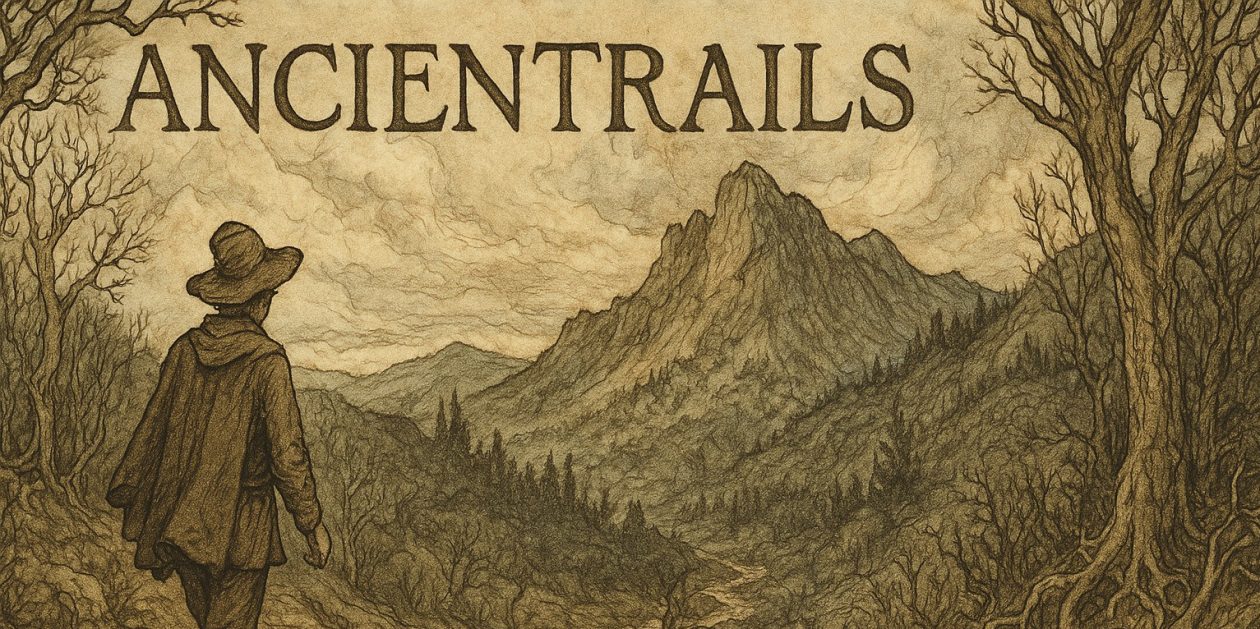Spring Moon of the Southern Cross
As we have gone further south, the trip has gotten more and more interesting. We spent today in the area around Punta Arenas, watching penguins on Otway Bay and visiting a working sheep farm on
Isla Risco, both north and east of Punta Arenas.
Punta Arenas is windy, isolated and proud. A couple of years ago Chile decided to double the price of natural gas, used to heat homes here among other things. The Magellan region went on strike. No buses, no taxis, no grocery stores. Nothing. After a week, the government backed down.
60% of the people here have some Croatian ancestry, coming here just before and during the fall of Tito and Yugoslavia. There are, too, indios, British, Spanish and other nationalities.
The Magellan region has 150,000 people, 100,000 of whom live in Punta Arenas. The region’s economy has agriculture, mainly sheep and wool, tourism, oil, natural gas, fishing and some industry.
Carolina (Karoleena), our guide, pointed out that there are 2 million sheep in the region and 150,000 people.
Winds here, on a not too unusual day can reach 150 kph, so merchants and the city government have installed ropes along the sidewalks downtown. When the winds blow west to east, it’s ok; but, when they blow south to north, not. If you look on a map of the globe, Antarctica reaches a chilly white finger out as if to touch Tierra Del Fuego When the winds come from there, it gets cold here fast.
Farms, or estancia, get big here because of the land requirements for livestock, e.g. 2 hectares for one sheep and 5 hectares for one cow. A big farm here can easily hit 30,000 hectares or approximately 66,000 acres. This is because the grass the soil and climate supports here is not ideal for either animal.
To get to the nearest town in Chile, it takes three hours and Puerto Natales is not much of a town. To get to the next Chilean city requires a drive of a day plus. Ushuaia, our next stop, is south of Punta Arenas on the big Isla Grande de Tierra Del Fuego, but it’s a long ways south and, is in the Argentinian half of the island. So the folks here live as a big family in which every one knows every one else’s business.
We drove to Mina Peket on Otway Bay, winding along a country road, headed for a beach where Magellenic Penguins come to nest. Along the we saw a rock formation that looked similar in shape to Ayres Rock. A third of the way down it had an exposed vein showing different geological strata and occasionally large white sections. “Those,” Carolina said, “are Condor guano.” It seems the big birds go to the small caves along this section to rest during the day.
We did several Condors flying around this place and I got some faraway shots. Their wingspan reaches 3 meters. One big, and, according to Carolina, ugly bird.
The penguins we saw looked just like they do on National Geographic. Cute, humanoid, and busy diving into the water, waddling from nest to beach, cuddling, looking down and very modernist in their lines.
As near I can estimate, we spent 11.11.11.11.11 walking back along the wooden walkway from Peket beach to our bus, number 21.
After the penguins, we went to Rio Verde district (Wind River district), where, as Carolina told us they live “a very particular kind of life.” By that she means: no electricity save from generators, water from wells, the nearest neighbor is usually at least 3 k away, a school but no teacher, a nurse for first aid, no fridge. The mayor of the Rio Verde district, a woman, has served for 30 years.
The district has 278 people, 96 of whom live on Isla Risco. We headed across a channel between Otway Bay and Skyring Bay by means of an ancient ferry, a ship too old, 46 years, to hold our bus, so we got out and walked on board. The crossing takes 8 minutes.
At the Fitzroy Farm we ate roast lamb, watched a sheep shearing, met a very unhappy pet puma, then boarded the bus to return to the Veendam. When we arrived back here, the wind was stiff enough to force us to lean into it. It was a physical presence.
Tonight the Beagle Channel, the Ushuaia.
